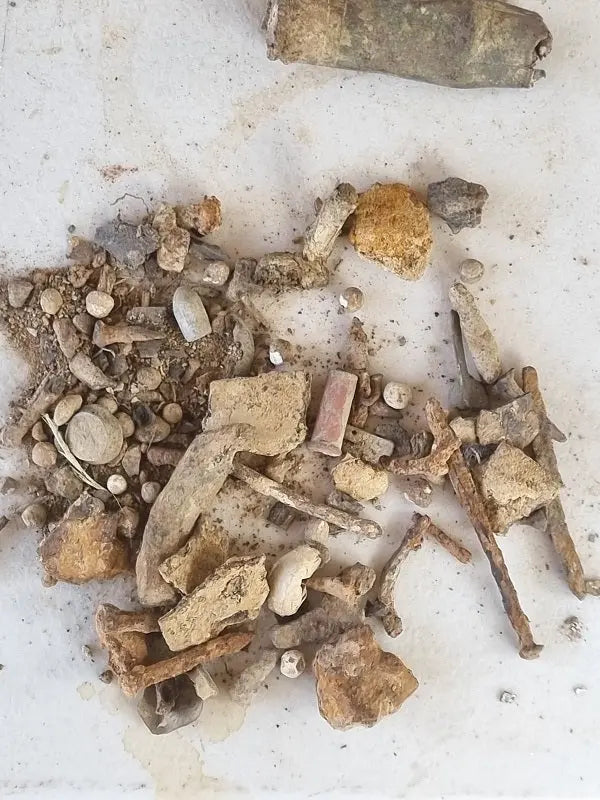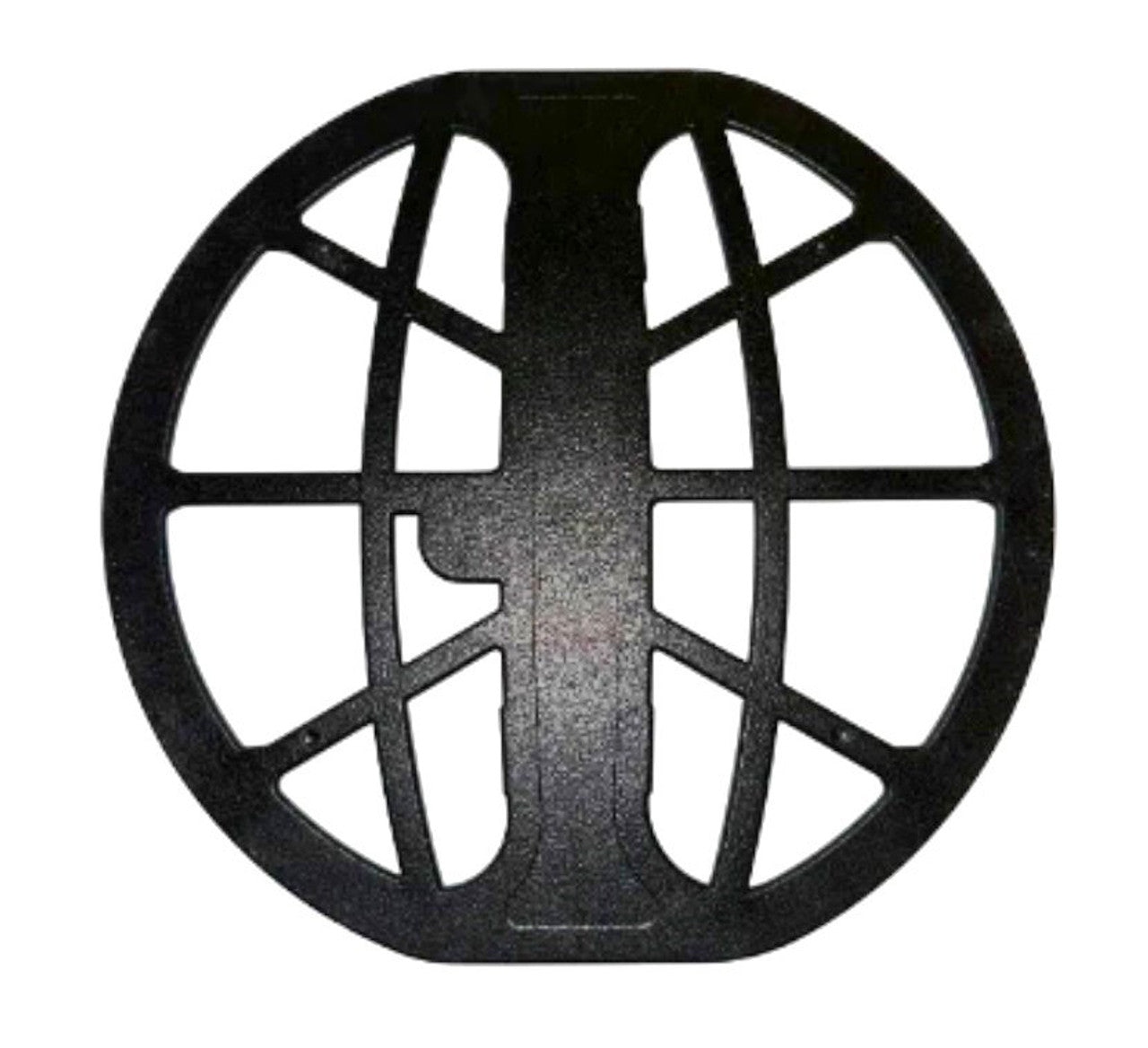
How does a Pulse Induction Metal Detector Work? Can it discriminate Iron?
Share
Pulse induction is the technology chosen by many gold hunters in Australia.
Simply put, Pulse induction metal detectors handle the Mineralised soils way better and are capable of finding smaller targets at greater depth in these conditions.
Companies like Minelab and Garrett have spent Hundreds of Millions of dollars Fine tuning this technology and that is why dedicated gold Machines can be expensive. The difference on gold between VLF and Pulse induction is more than reflected in the price. Its a whole new world of gold hunting.
Here's why,
A Pulse Induction (PI) metal detector is a type of metal detecting technology widely used for various applications, including treasure hunting, security screening, and industrial metal detection. It operates on the principle of electromagnetic induction and is effective at detecting metal objects, even in highly mineralized or conductive environments. Let's delve into the in-depth explanation of how a pulse induction metal detector works:
-
Basic Components: A typical pulse induction metal detector consists of the following components:
a. Transmit Coil (Transmitter): This coil is responsible for generating short bursts of electromagnetic pulses.
b. Receive Coil (Receiver): Also known as the search coil, it detects the electromagnetic responses produced by metal objects in the ground.
c. Control Unit: This unit includes the circuitry responsible for generating the pulses, timing, signal processing, and audio or visual output for the user.
-
Pulse Induction Principle: The fundamental principle behind PI metal detectors is based on Faraday's law of electromagnetic induction. When an electric current passes through a coil, it generates an electromagnetic field around it. If a conductive object, such as a metal target, comes within the range of this magnetic field, it induces eddy currents within the metal.
-
The Detection Process: The operation of a PI metal detector involves three main stages:
a. Transmit Stage:
- When the metal detector is turned on, a current pulse is sent through the transmit coil, generating a strong electromagnetic field around it.
- The pulse lasts for a very short duration (microseconds) to allow the field to build up rapidly.
b. Decay Stage:
- After the pulse is turned off, the magnetic field collapses quickly.
- This rapid decay of the magnetic field is crucial for inducing eddy currents in nearby metal objects.
c. Receive Stage:
- The magnetic field collapse induces eddy currents in any nearby conductive objects (metal targets) present in the ground.
- These eddy currents, in turn, generate their own magnetic fields, which oppose the original collapsing field.
-
Detection of Metal Targets:
- The receive coil (receiver) is now used to detect the secondary magnetic fields produced by the induced eddy currents in metal objects.
- The receiver coil is connected to the control unit, which contains sensitive electronics capable of detecting the tiny voltage changes induced in the receiver coil.
- When the receiver detects these induced voltage changes, it indicates the presence of a metal object.
-
Discrimination and Target Identification:
- The control unit analyses the received signals to distinguish between different types of metal objects. It attempts to discriminate between valuable targets (e.g., gold, silver) and unwanted items (e.g., iron trash).
- The discrimination process is based on the unique electromagnetic response of different metals and their respective conductive properties.
- The control unit interprets the received signals and provides audio or visual feedback to the user, indicating the presence and possibly the type of metal detected.
- Pulse induction machines do NOT give a TID Number and make selective target digging very hard. They are generally considered dig everything machine, especially in the Australian Goldfields.
It is important to note that PI metal detectors are generally less precise in identifying target types compared to other technologies like Very Low-Frequency (VLF) detectors. However, they excel in handling highly mineralized soil conditions, making them suitable for certain applications, such as beach and underwater metal detecting.
So you'll pay a bit extra for pulse induction, well a lot in some cases.
BUT The difference it will make to your gold hunting is incredible.
Reay to step up into pulse?

